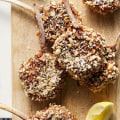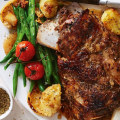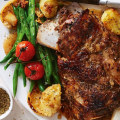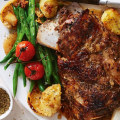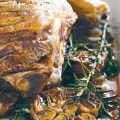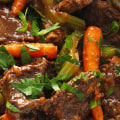British and Irish eating habits greatly influenced primitive Australian cuisine until the 1950s, and for most Australians it reminded them of “home”. According to a recent survey, it was revealed that 77.9% of respondents say that food has become more expensive in the last decade in Australia. Most also say that foods have become healthier (69.1%) or more exotic (68.4%). While it is true that eating has become more expensive, perhaps exoticism, health and variety are a price worth paying.
By then, Australia was very fond of Cantonese food, with a mandatory Chinese restaurant in every city, but lemon chicken and bittersweet pork didn't prepare the population for the fragrant broth that would eventually become a national obsession. The Australian fishing industry was full of wholesale businessmen of Greek descent and Comino, Manettas, Poulos, Racovolis and Kallis are just some of the Greek families that remain highly regarded operators. Restaurants that offered these different foods began to appear everywhere and were not only popular, but they also began to have a big impact on modern Australian cuisine. In the 70s, Australia began to truly embrace changing food, now influenced by the incredible cuisines of China, India, Germany, Greece, Italy, Lebanon, Malaysia, Thailand and Vietnam.
David Thompson's Darley Street Thai and Sailor's Thai (both closed) modernized Thai food in Australia in the 1990s. Although Asian food was introduced to Australia in the 19th century, the 1980s attracted greater numbers of Asian migrants. When European settlement began in this country, most of the gastronomic ideas obviously derived from British traditions brought here by immigrant settlers. Growing up in Australia in the 1950s and 60s, I remember Australian food being bland.
Without a doubt, we will continue to mix, mash and fuse dishes to forge the next evolution of Australian food. Thanks, in part, to the rise of the “food movement” and social media, Australians are more concerned about their health than ever. 21st century Australian cuisine reflects the influence of globalization, with many fast-food restaurants and international trends becoming increasingly influential. Traditional places to buy takeaway food in Australia have long been a local milk bar, fish and chip shop or bakery, although these have faced stiff competition from fast-food chains and convenience stores in recent decades.
The Australian food scene has been evolving following the pattern of migration since Chinese gold rush prospectors began sharing food in the 1900s. A classic Australian cake is lamington, made with two squares of cake or shortbread coated with an outer layer of chocolate sauce and rolled in desiccated coconut. As the obsession with food continues in the country, this diversification will only become more interesting and delicious.

